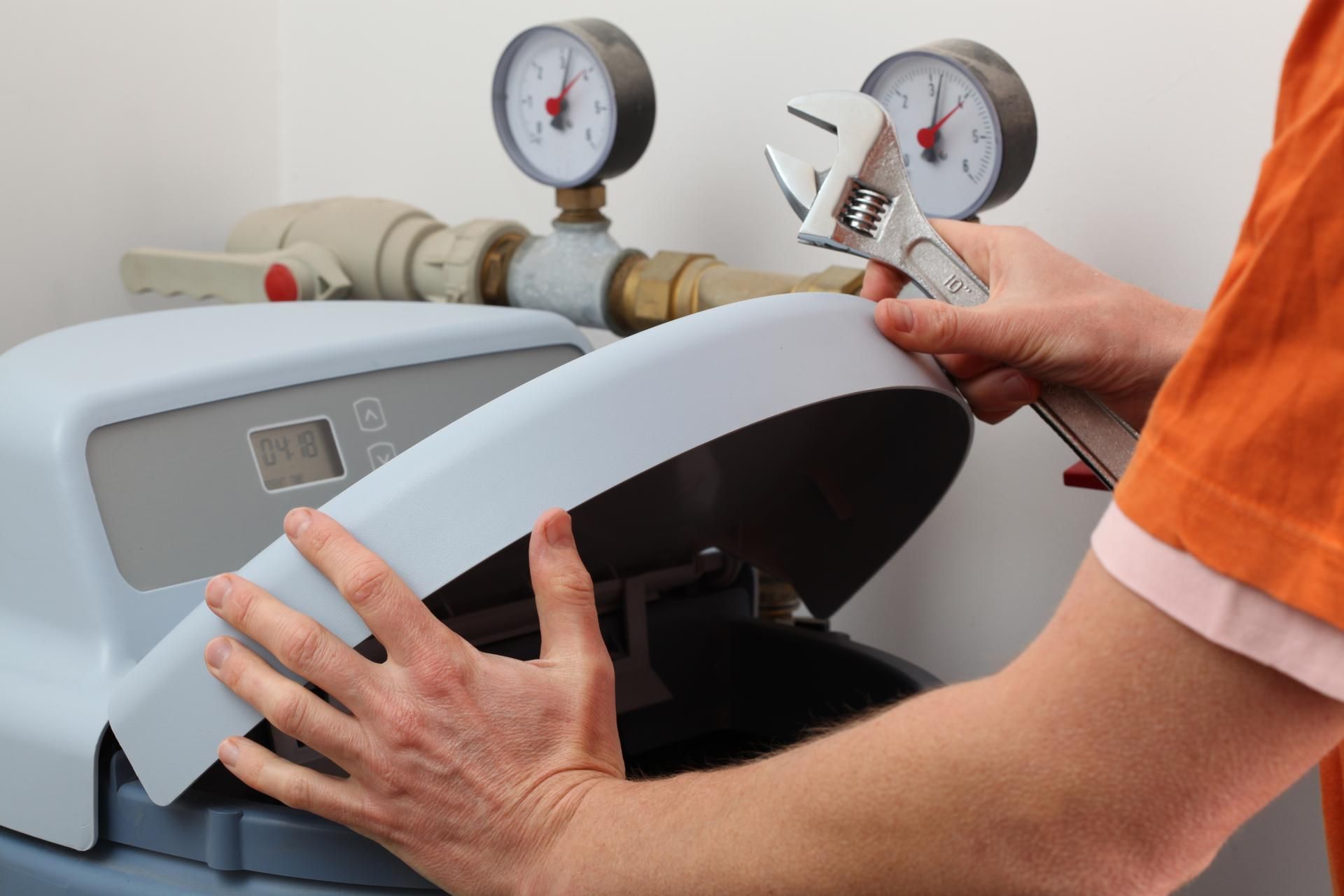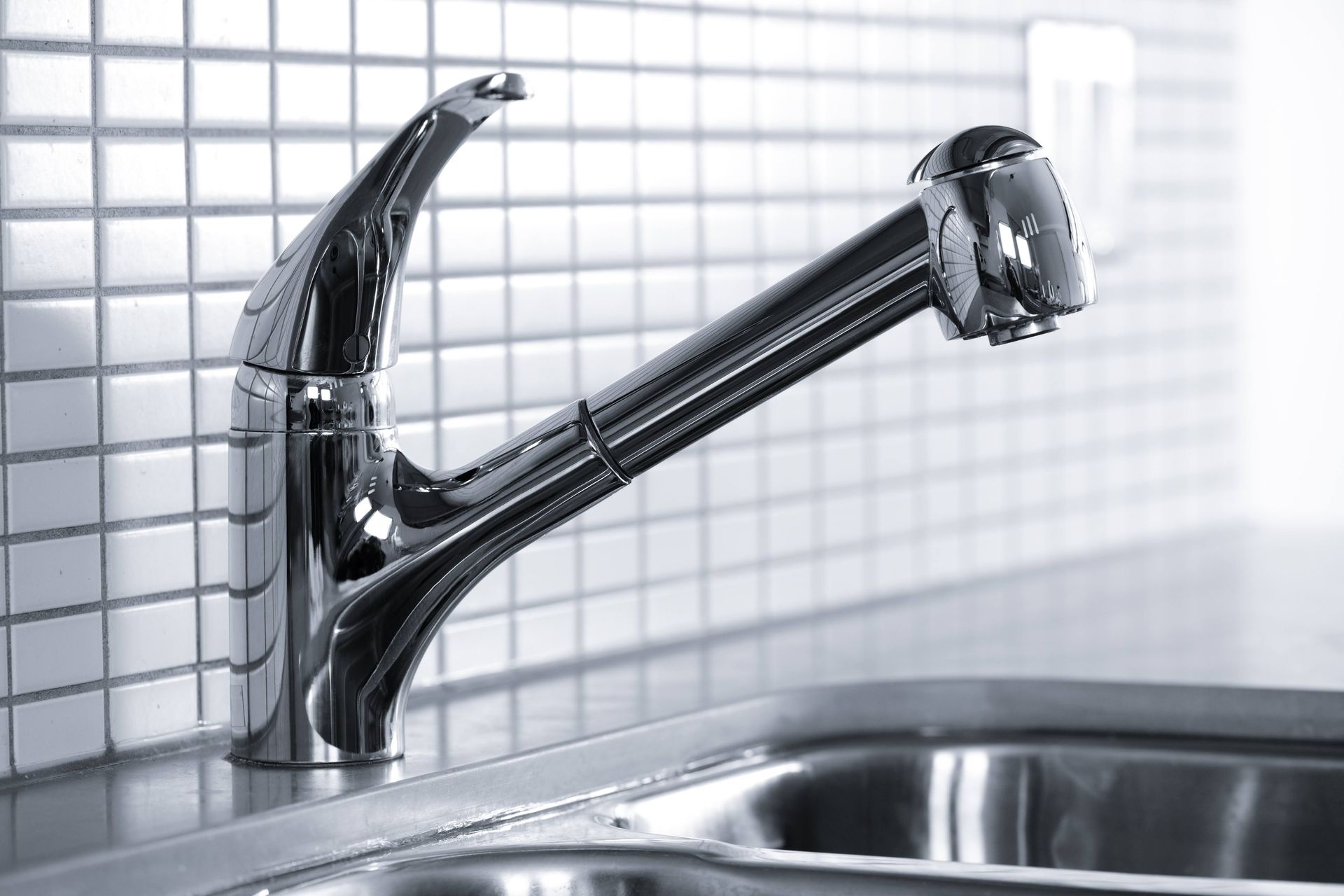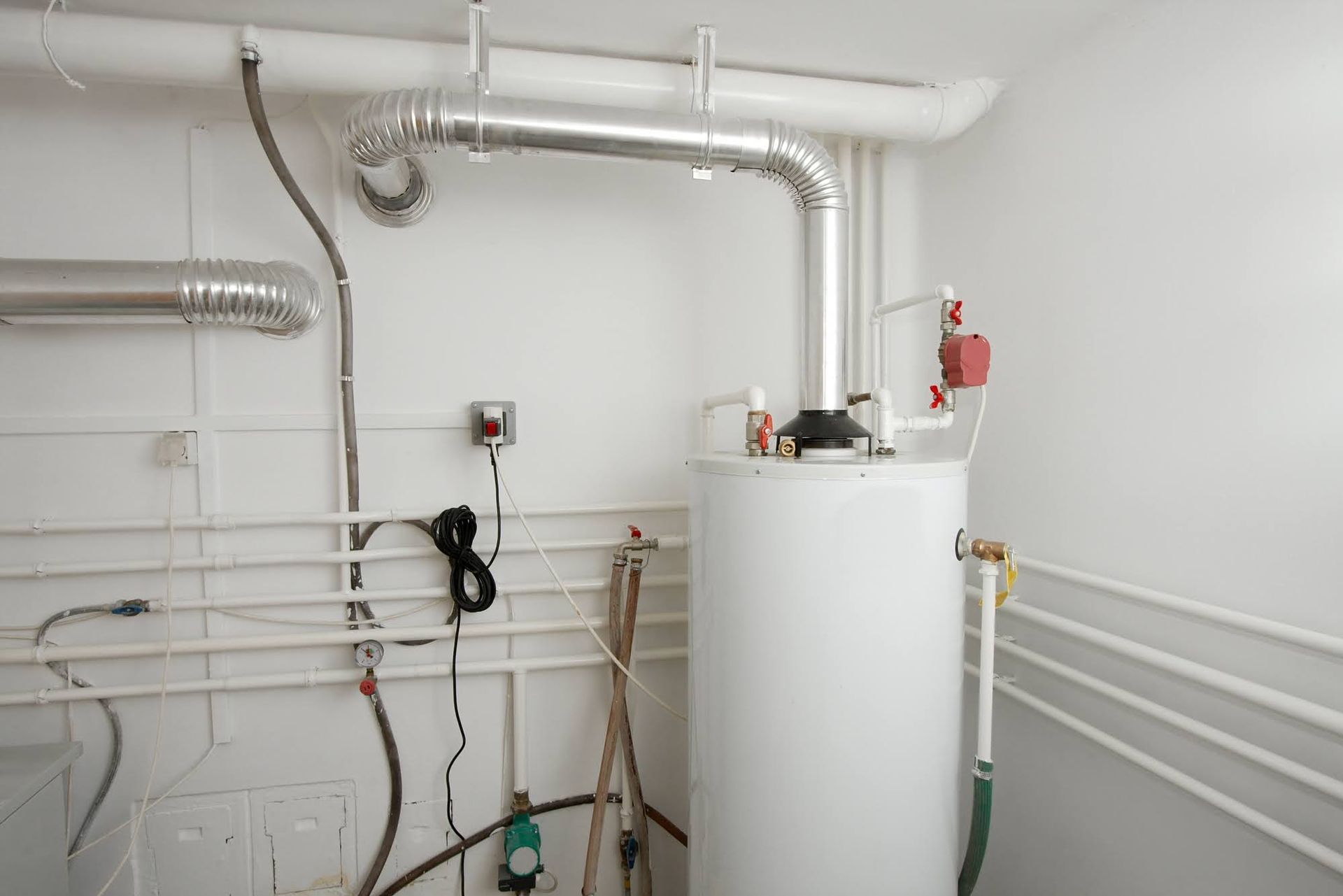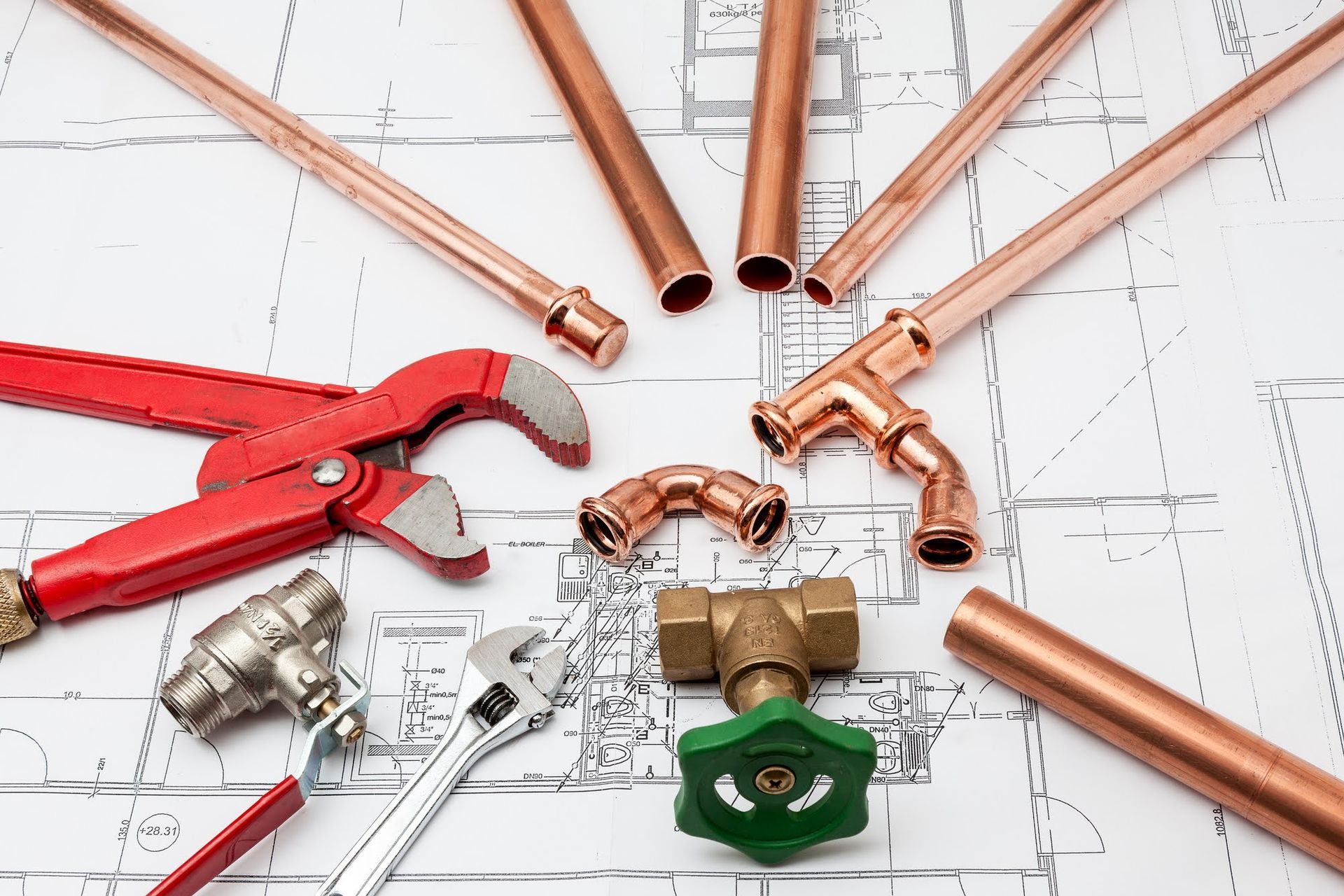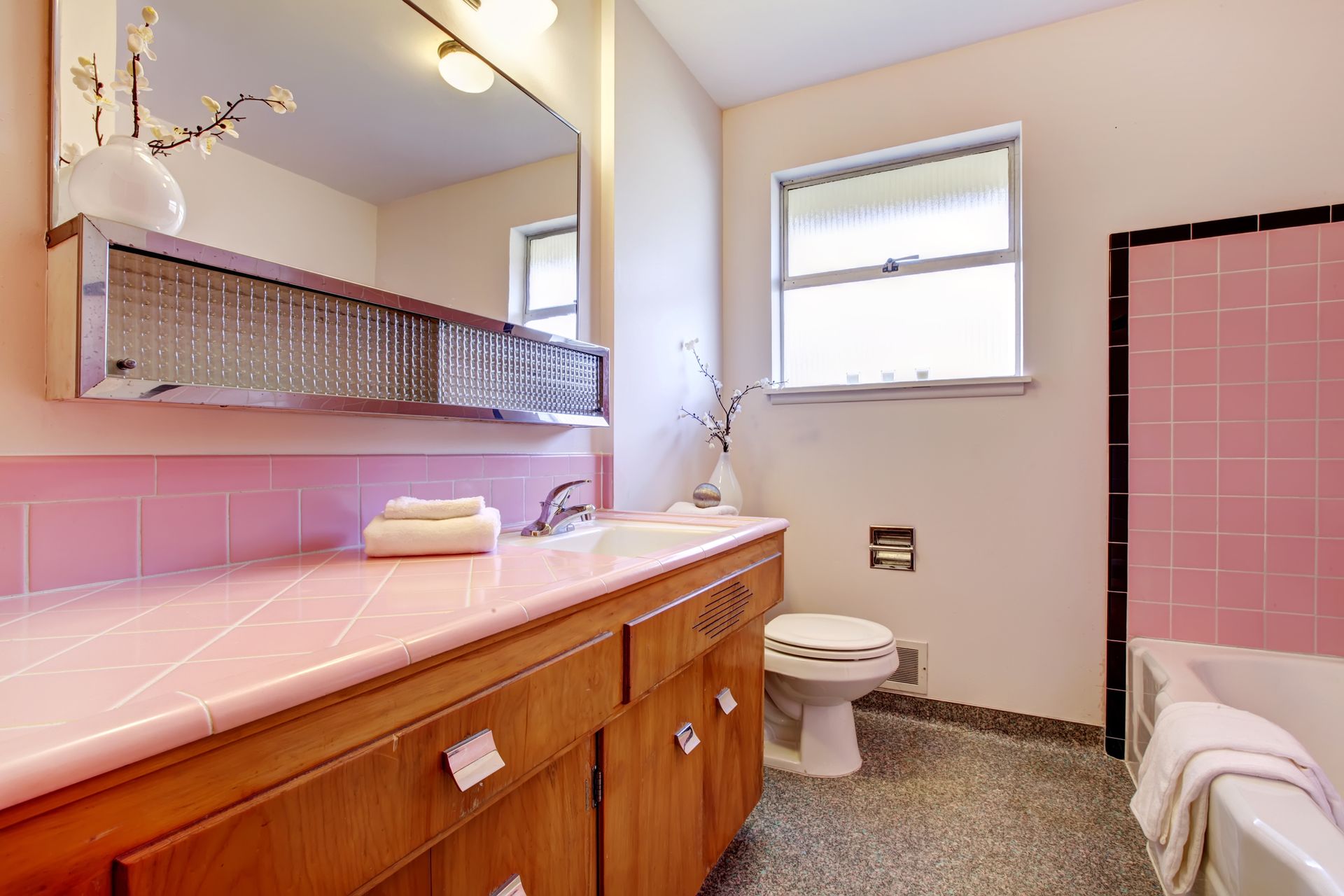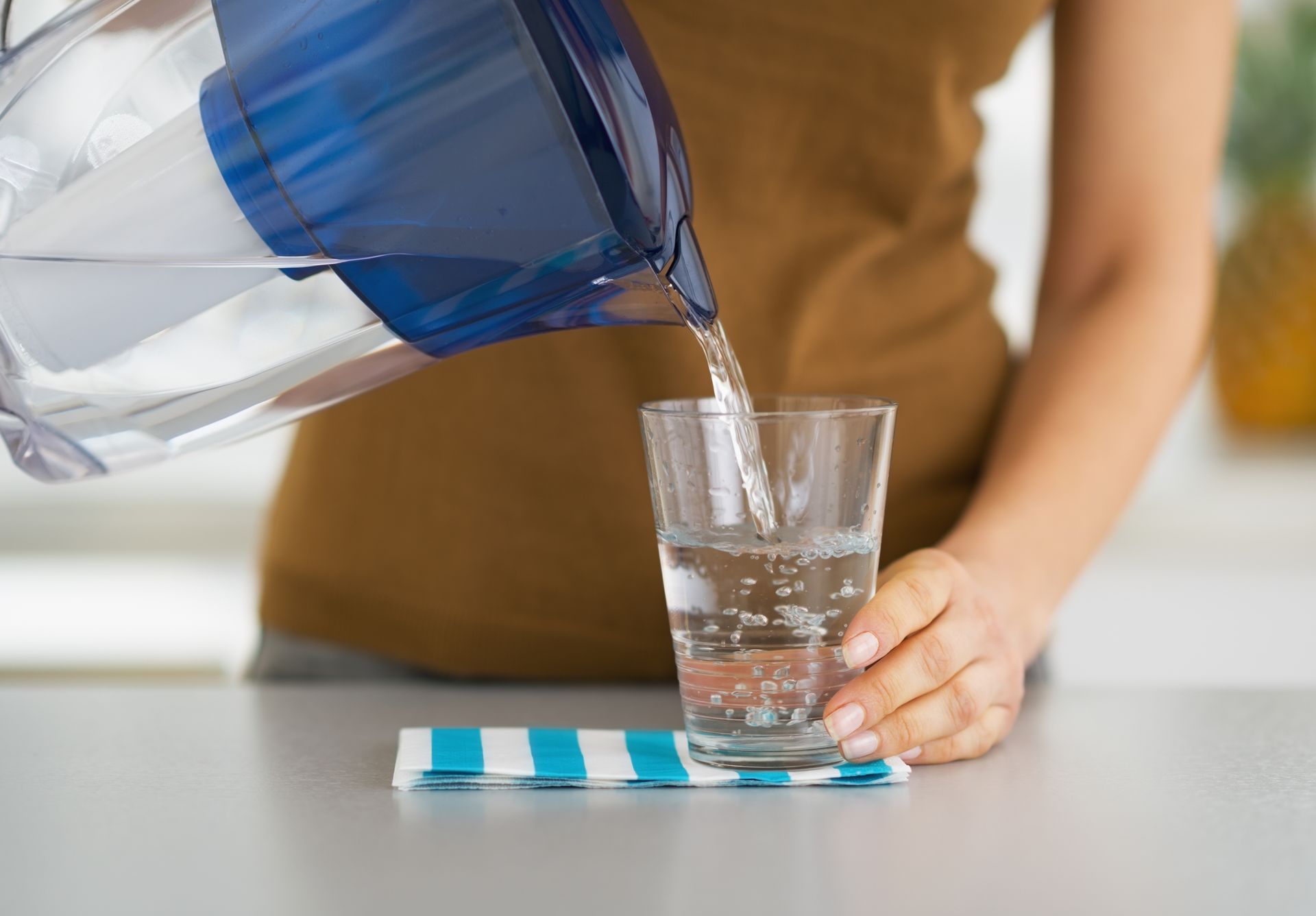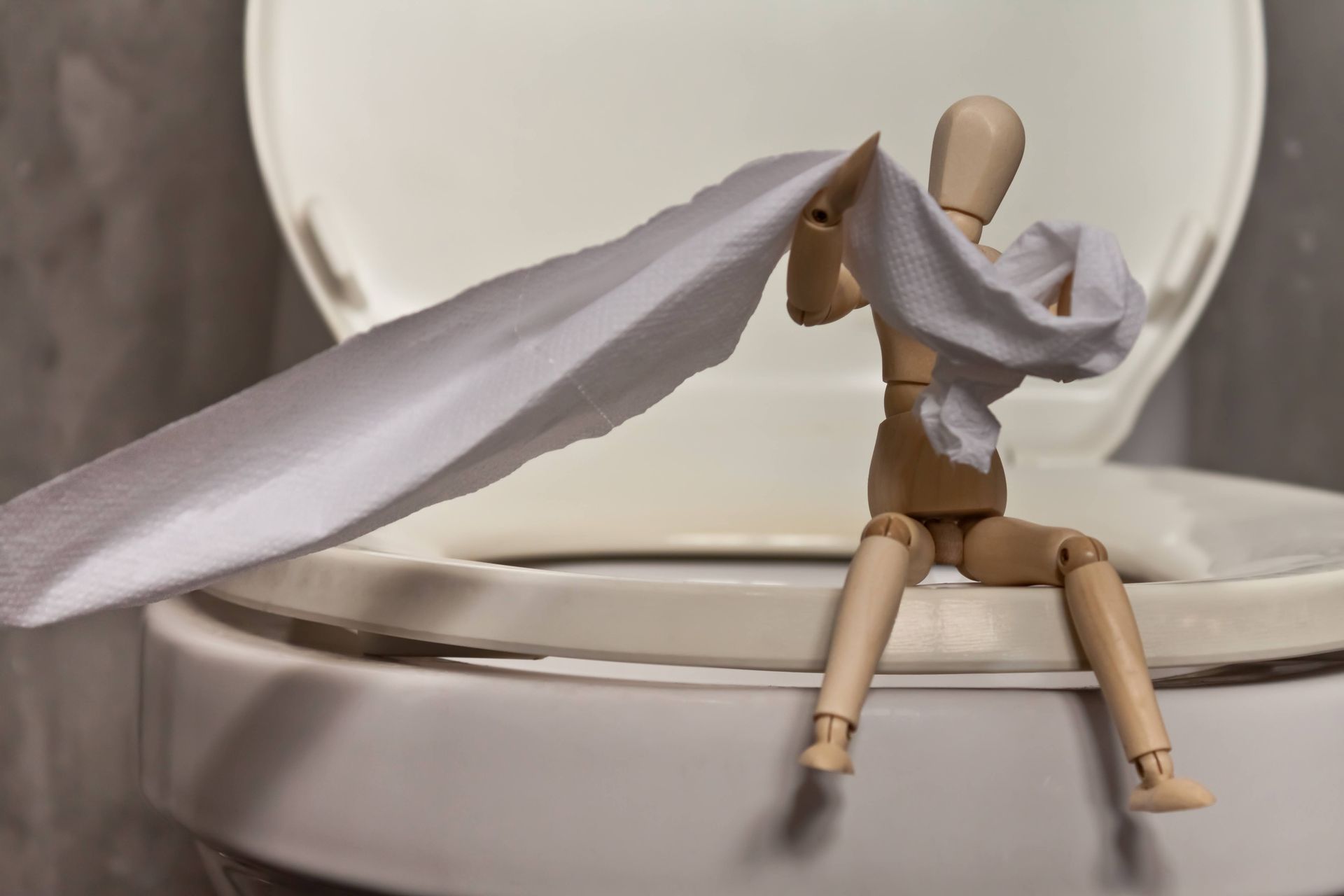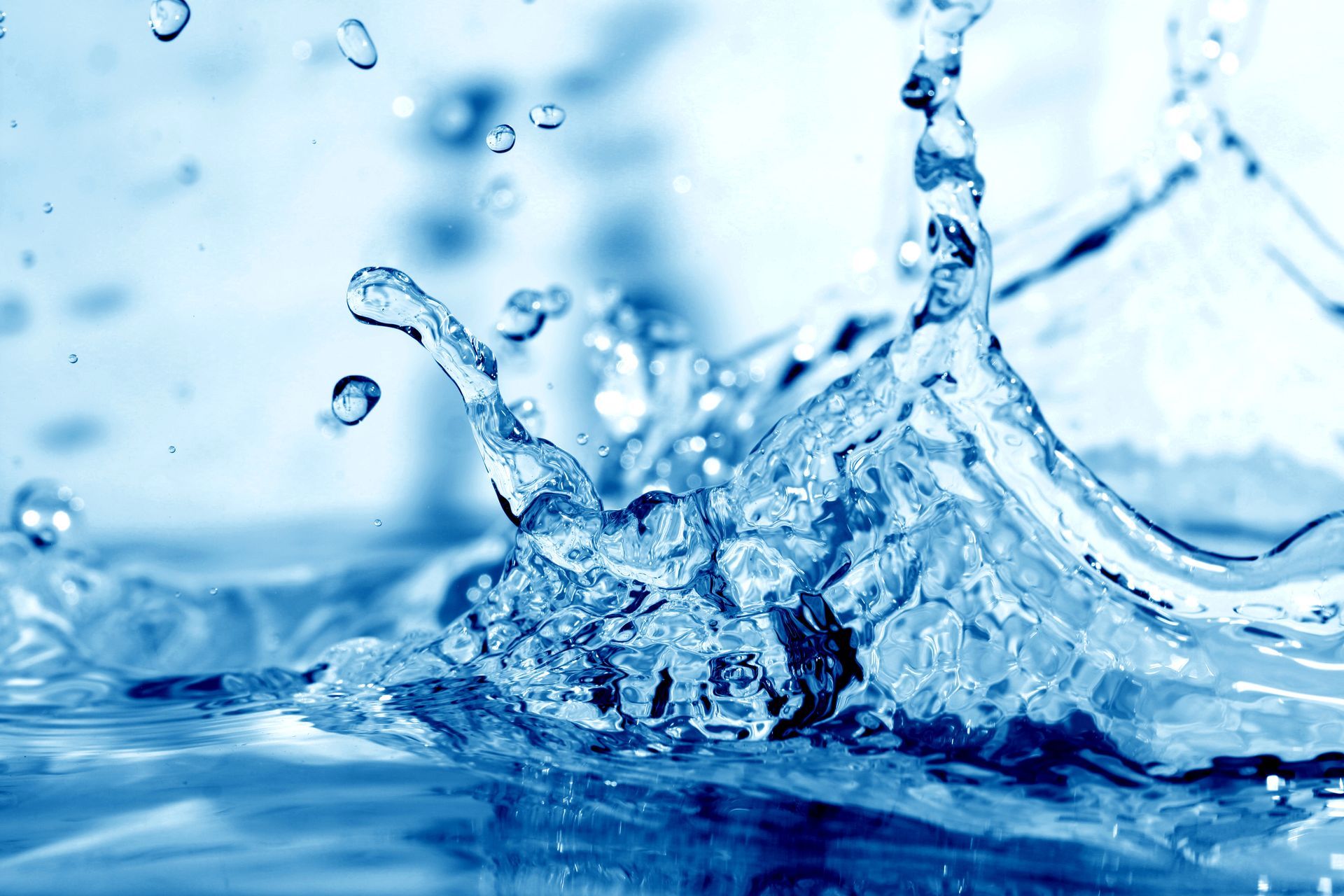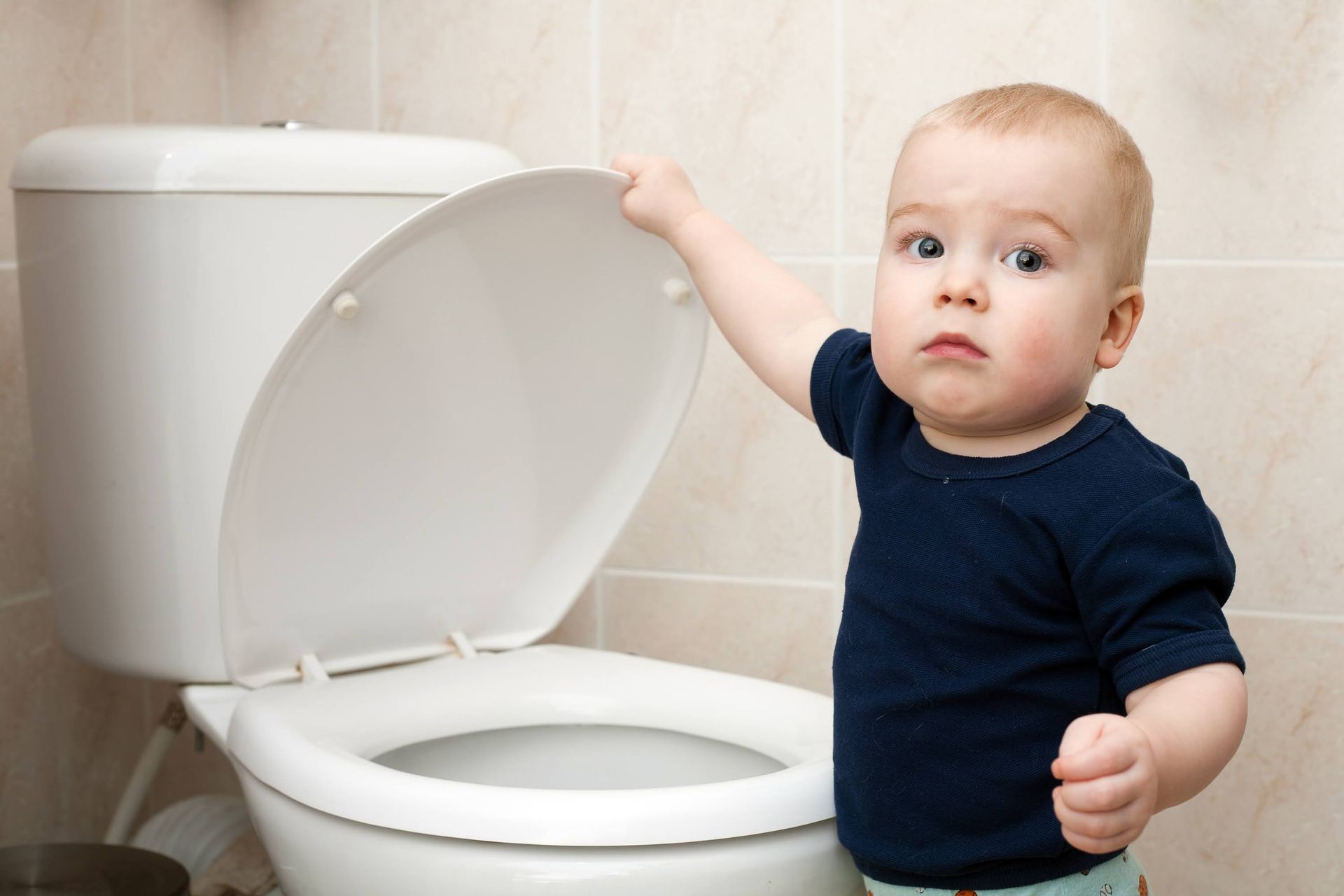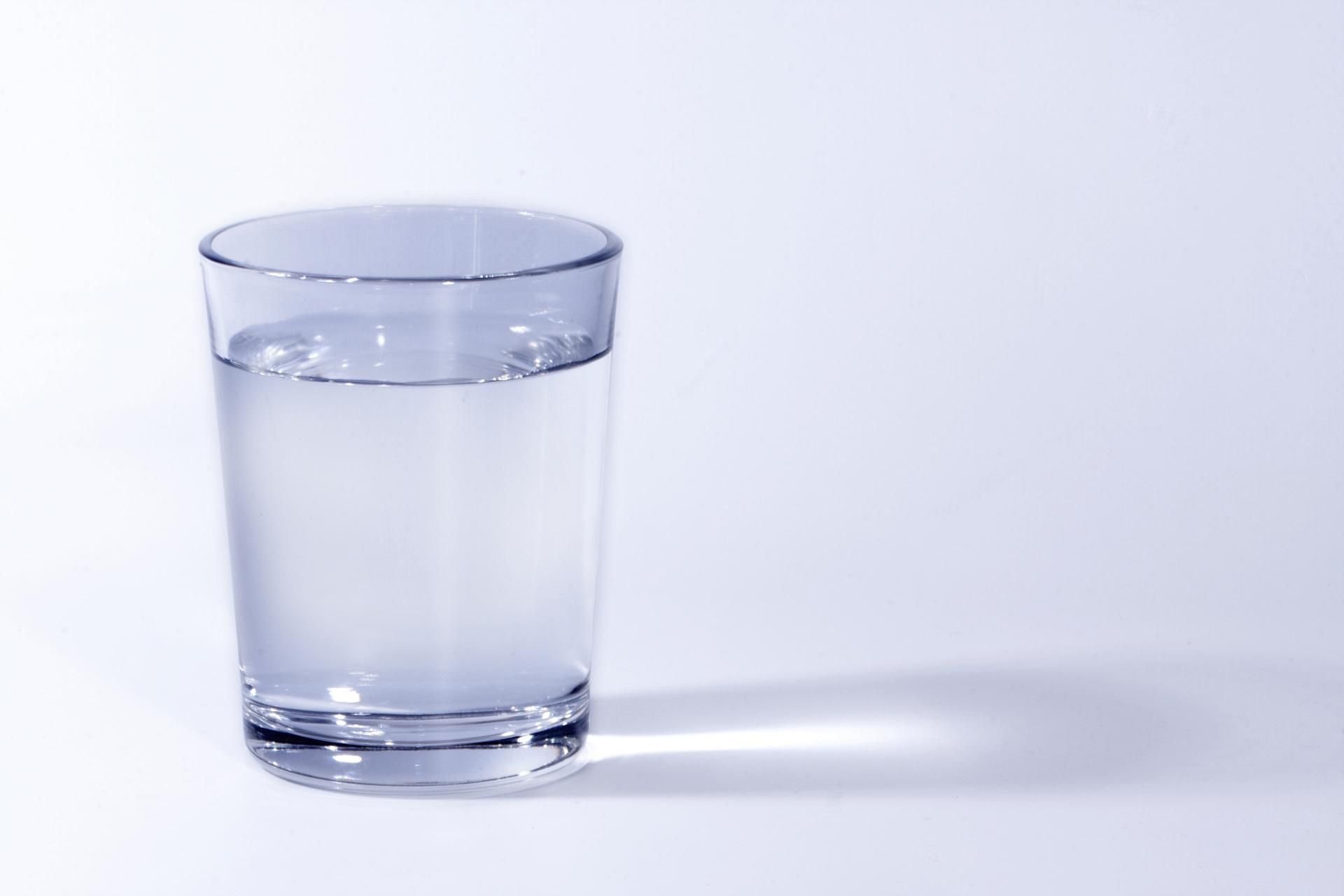Deciphering Plumbing Materials: PEX, Copper, PVC, and Galvanized Steel Pipes
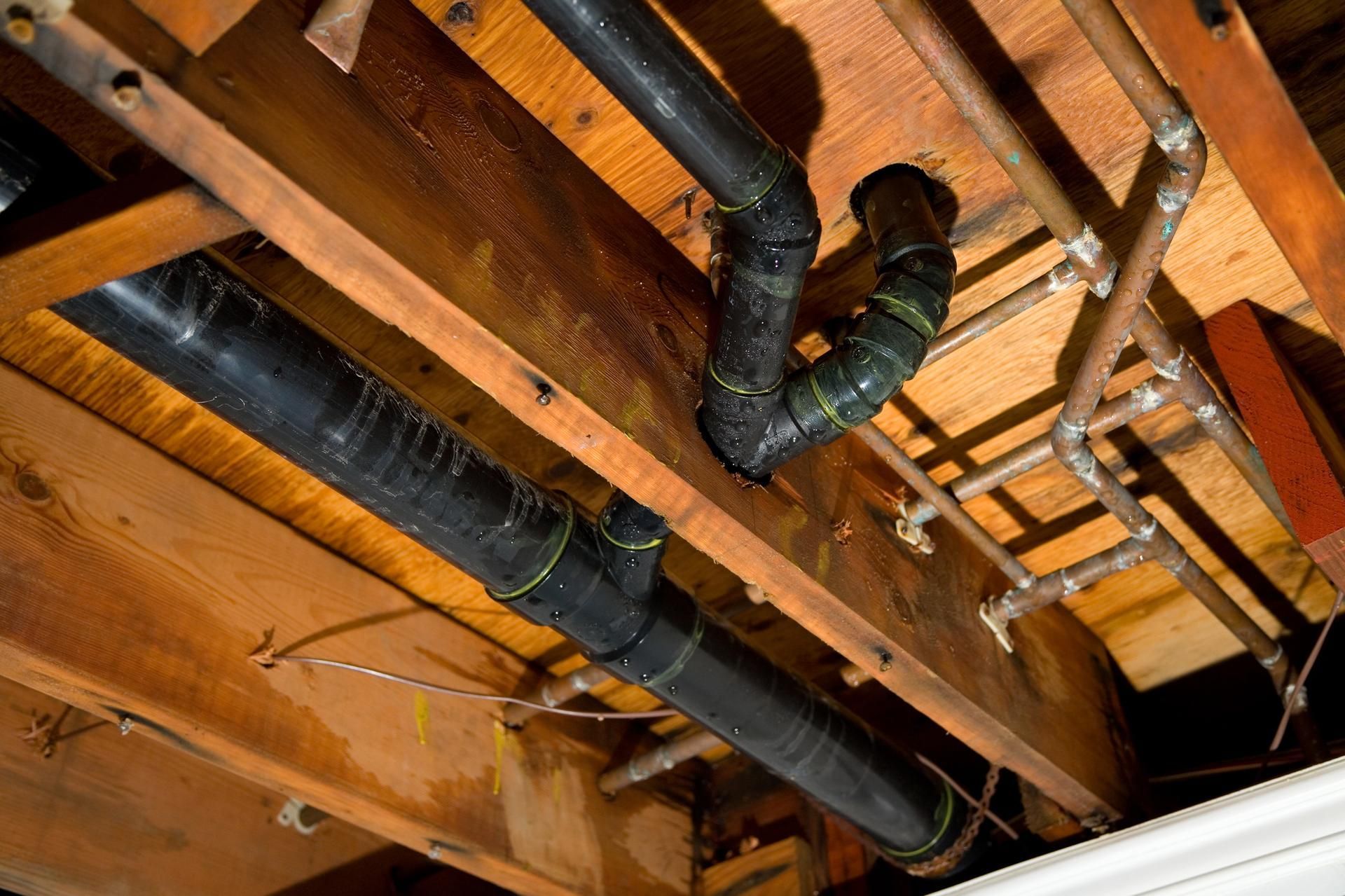
In the realm of plumbing, materials matter. The type of pipe used can dictate the longevity, functionality, and efficiency of a plumbing system. Let's delve deep into the most commonly used plumbing materials: PEX, Copper, PVC, and Galvanized Steel. Each material boasts its own set of advantages and drawbacks, and understanding these can help homeowners make informed decisions.
PEX Pipes: Flexibility Meets Cost-Effectiveness
PEX (Cross-linked Polyethylene) has emerged as a popular pipe choice in modern homes. The material is flexible, making it easy to install, especially in tight spaces or areas requiring bends. It is resistant to both acidic and basic solutions, reducing the chances of corrosion. Not to mention, PEX typically offers a more affordable solution compared to copper.
While PEX pipes offer a range of benefits, they are not immune to downsides. Direct exposure to sunlight can degrade PEX over time, making it unsuitable for outdoor applications, and the material can be vulnerable to rodent damage if pests gain access to the areas where the piping is installed.
Copper Pipes: The Durable Classic
Long revered for its durability and reliability, copper remains a top choice for many plumbers. It's biostatic, meaning bacteria can't grow inside it, which makes it a safe option for delivering potable water. Additionally, copper pipes can withstand high temperatures without losing integrity.
But every silver lining has a cloud. Copper is pricier than its PEX and PVC counterparts and requires soldering for fitting, which necessitates skilled labor. There's also a potential risk of corrosion if the water is too acidic.
PVC Pipes: Lightweight and Corrosion-Resistant
PVC (Polyvinyl Chloride) is favored for its lightweight nature and resistance to corrosion. It's primarily used for cold water supply and wastewater lines. Because it's easy to cut and assemble, installation tends to be less labor-intensive.
PVC pipes, while durable and resistant to corrosion, have some limitations. They are not suitable for hot water supply as they can warp when exposed to high temperatures. Over time, exposure to sunlight can degrade PVC, making it brittle and prone to cracking. Additionally, PVC can leach harmful chemicals, particularly if used for drinking water, raising health concerns for some homeowners.
Galvanized Steel Pipes: The Rugged Veteran
Galvanized steel pipes, coated in zinc to prevent rusting, were once the go-to option before copper took the crown. They are tough, resistant to high pressures, and can last for many years within homes.
However, as the protective zinc layer erodes over time, rusting can occur inside the pipe, leading to potential water quality issues. Because of this, while they're still in use in some older homes, they're less popular for new installations.
Which One is Right for Your Project?
Choosing the right plumbing material largely depends on the specific needs of your project:
- For retrofit projects or tight spaces, the flexibility of PEX might be invaluable.
- If longevity and heat tolerance are your top priorities, copper may be the way to go.
- For cold water supply or wastewater systems, especially where budget is a concern, PVC shines.
- And if you're working on maintaining or replacing elements in an older home, you might come across galvanized steel.
The right plumbing material can significantly impact the efficiency, safety, and longevity of a plumbing system. Each material, be it PEX, copper, PVC, or galvanized steel, has its own set of unique qualities suited for particular applications. By understanding these differences, homeowners can make informed decisions that align with their requirements and budget.
Are you planning a plumbing project soon and need help choosing the right pipes and materials? Contact Streamline Plumbing AZ for professional advice and services tailored to your needs ensuring your home's plumbing remains in peak condition.

